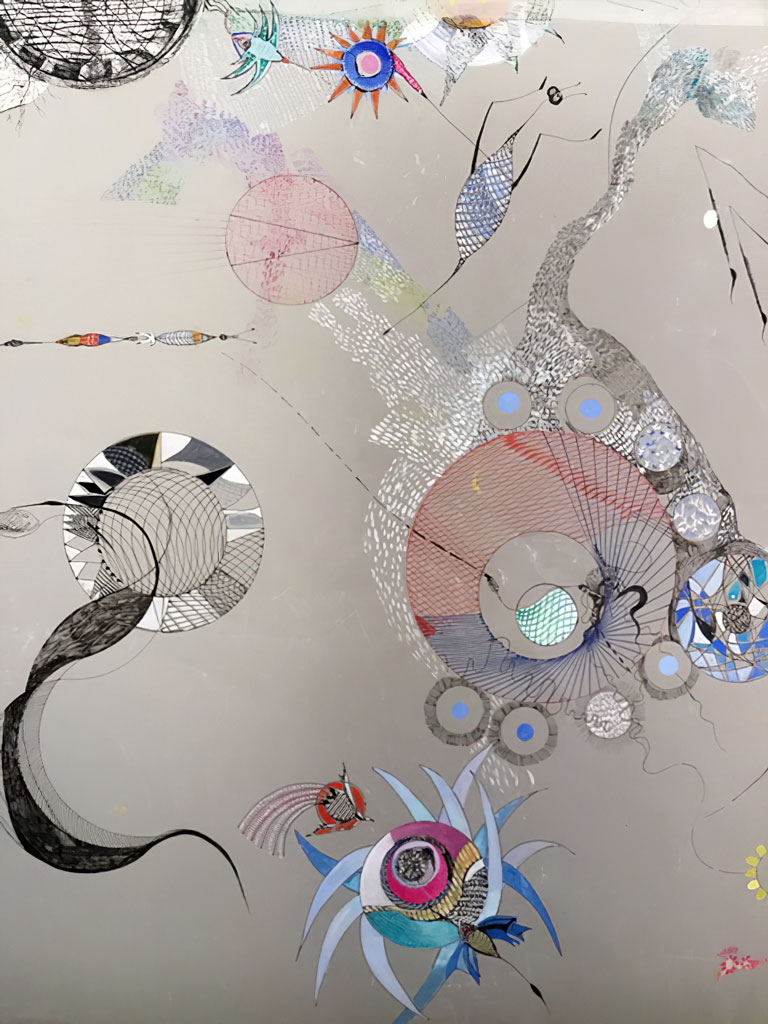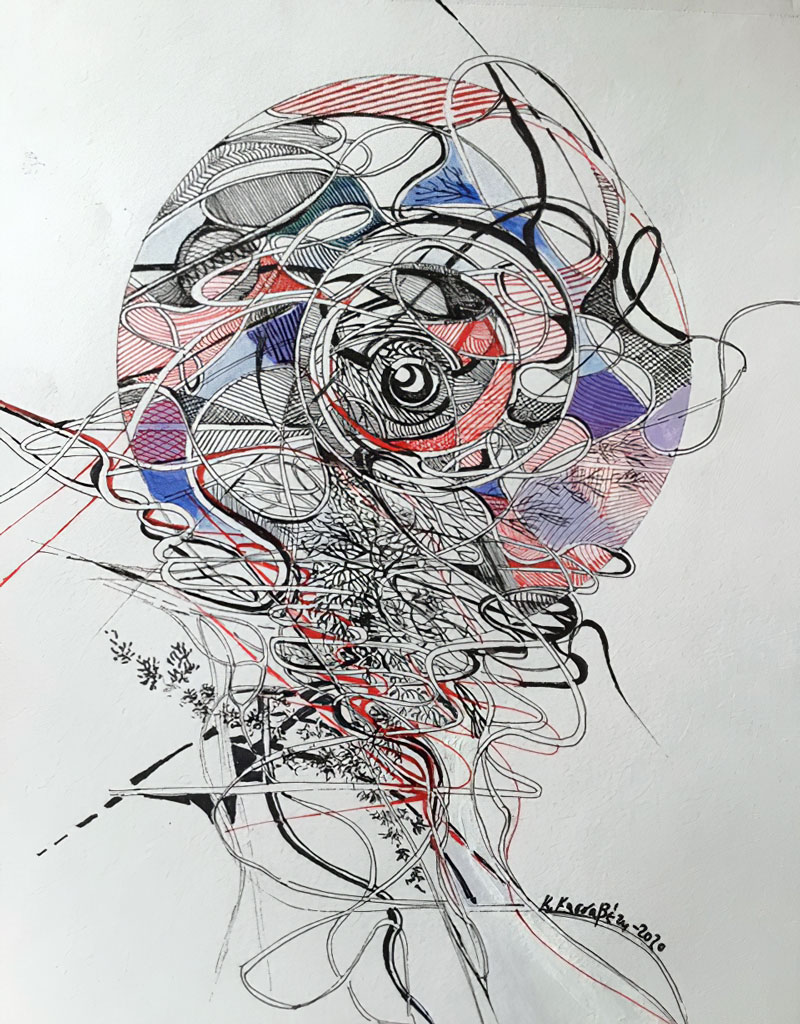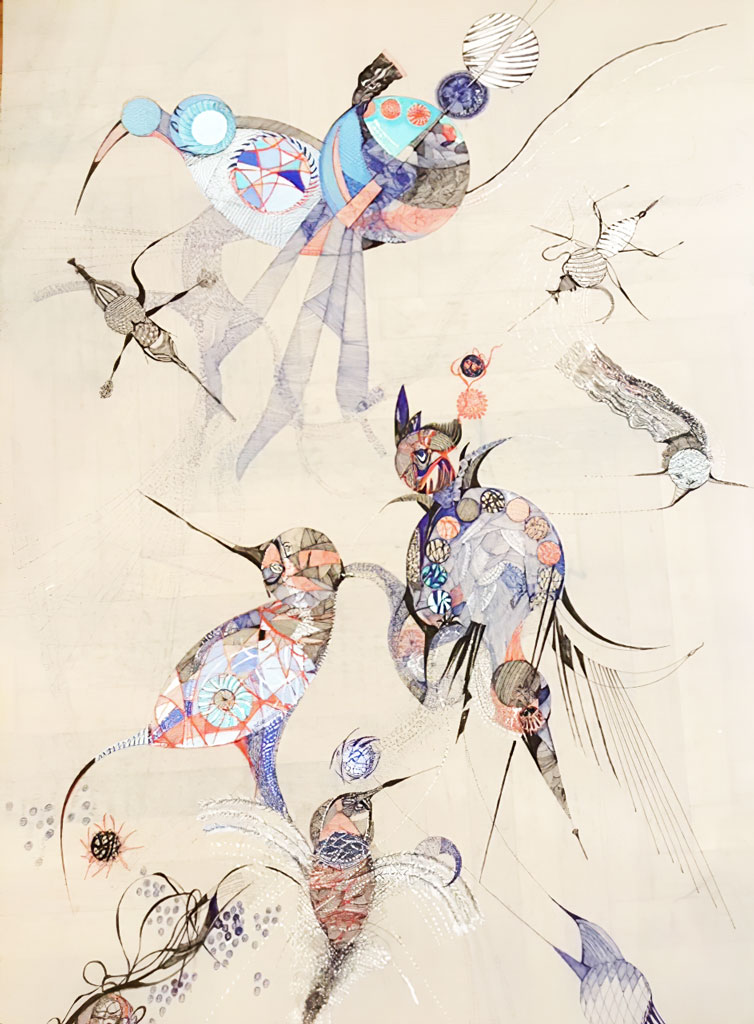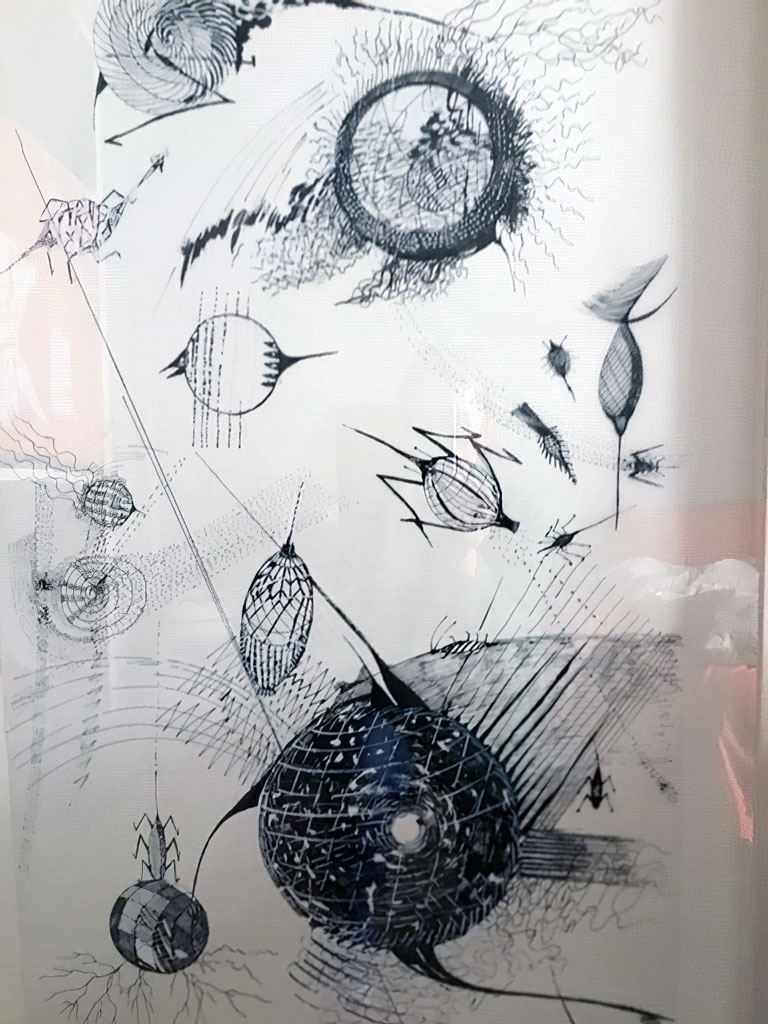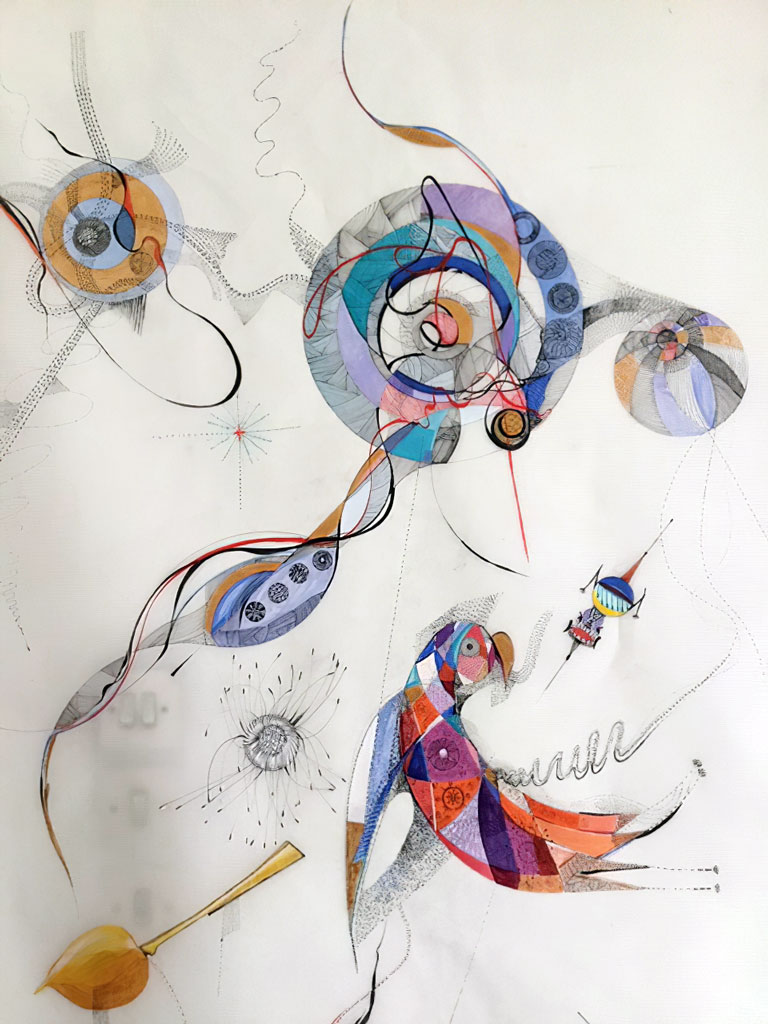NEW ARTWORKS: Katerina Kassaveti
![]() I met Katerina Kassaveti a year ago as well as her artwork, but she belongs to the category of artists which is like we’ve known each other for years. As for her body work, it is so breezy and fresh, fragile and powerful, sensitive, delicately shaped, full of detail, disciplined and free at the same time. It allows you to penetrate the transparency of rice paper and create your own world in the between, as Katerina Kassaveti says “Transparency in my works unites two worlds. The one that is visible and the one that is deep inside us…” through the interview that follows, she urges us to discover this world together.
I met Katerina Kassaveti a year ago as well as her artwork, but she belongs to the category of artists which is like we’ve known each other for years. As for her body work, it is so breezy and fresh, fragile and powerful, sensitive, delicately shaped, full of detail, disciplined and free at the same time. It allows you to penetrate the transparency of rice paper and create your own world in the between, as Katerina Kassaveti says “Transparency in my works unites two worlds. The one that is visible and the one that is deep inside us…” through the interview that follows, she urges us to discover this world together.
By Efi Michalarou
Photo: Katerina Kassaveti Archive
Mrs. Kassaveti, attending your works, we find that while they are sensitive-fragile, since you are using as canvas rice paper, at the same time they are very strong-mature, how do you achieve this?
Since 1989 I have been drawing in a very detailed way with very fine lines and systematic engravings, parallel to each other or curves elevated perspectives the density of the natural landscape with branches and trees, pressed almost as a solid mass of points and lines. As they formed the image in such a way that it almost completely covers the surface. I had pushed the perspective to the outside, so that it space could not be determined either in the periphery of the image or inside it.
In the process, however, you isolated the solid mass from the field of view, creating a new space, where new balances emerged through the void.
Around 1991, from the field of view isolated, the solid mass surrounded by a void between the drawn lines. The rarefaction and magnification of the image resulted in the creation of new images which stem from the previous ones, presenting a frontal perspective distortion, a new visual artwork. From the systematization of the work that ultimately leads me to the last years after 2000 το images of designed voids, I gradually transfer the image to a re-abstract configuration of color fields, engravings and volumes. These designs, as they internalize the space and isolate it, release the perspective, they cancel the depth and establish the abstraction through the regeneration of the specific.
What role does abstraction play for you as the years go by?
Since 2013, a part of the image has been magnified, moving gradually, taking on an abstract character, giving shape to a planet, an eyeball or a pulsating spermatozoon. I express the eternity of creation, of the fertility, of the cycle of life but also of death.
Your works, and this is a fact you know, fascinated me from the first moment for their intensity of the colors you are using on the rice paper always in contrast to the black ink, but mainly because they are balancing between art and architecture. How much does this relationship affect your work?
Architecture needs obedience and I am dealing with it by controlling the movement of the hand and body in my works, the concentration during the procedure, the determination in practice and the absolute giving at the time of execution and the ultimate giving at the time of execution.
Your influence from nature, trees and birds is obvious, elements that we find either complete, or cut off and abstract in many of your works, if you put them all together they would create a huge luminous installation. Have you thought about creating an installation and if so how do you imagine it?
I imagine a glass greenhouse and a multitude of papyruses made of transparent paper in an array of columns depicting the universe. The light installation in a snake shape on the ground will guide the heavenly bodies in the mystical silence of the forest.
If someone looks at them as a unit, has the feeling of a Shadow puppet theatre fort adults. Do you compose an imaginary world, a great dream trip for adults, reconstructing the puzzles of a realistic world?
Transparency in my works unites two worlds. The one that is visible and the one that is deep inside us, dull, unexplored like the back of the transparent rice paper. Let’s find it out.
Download Greek version here.
First Publication: www.dreamideamachine.com
© Interview-Efi Michalarou
